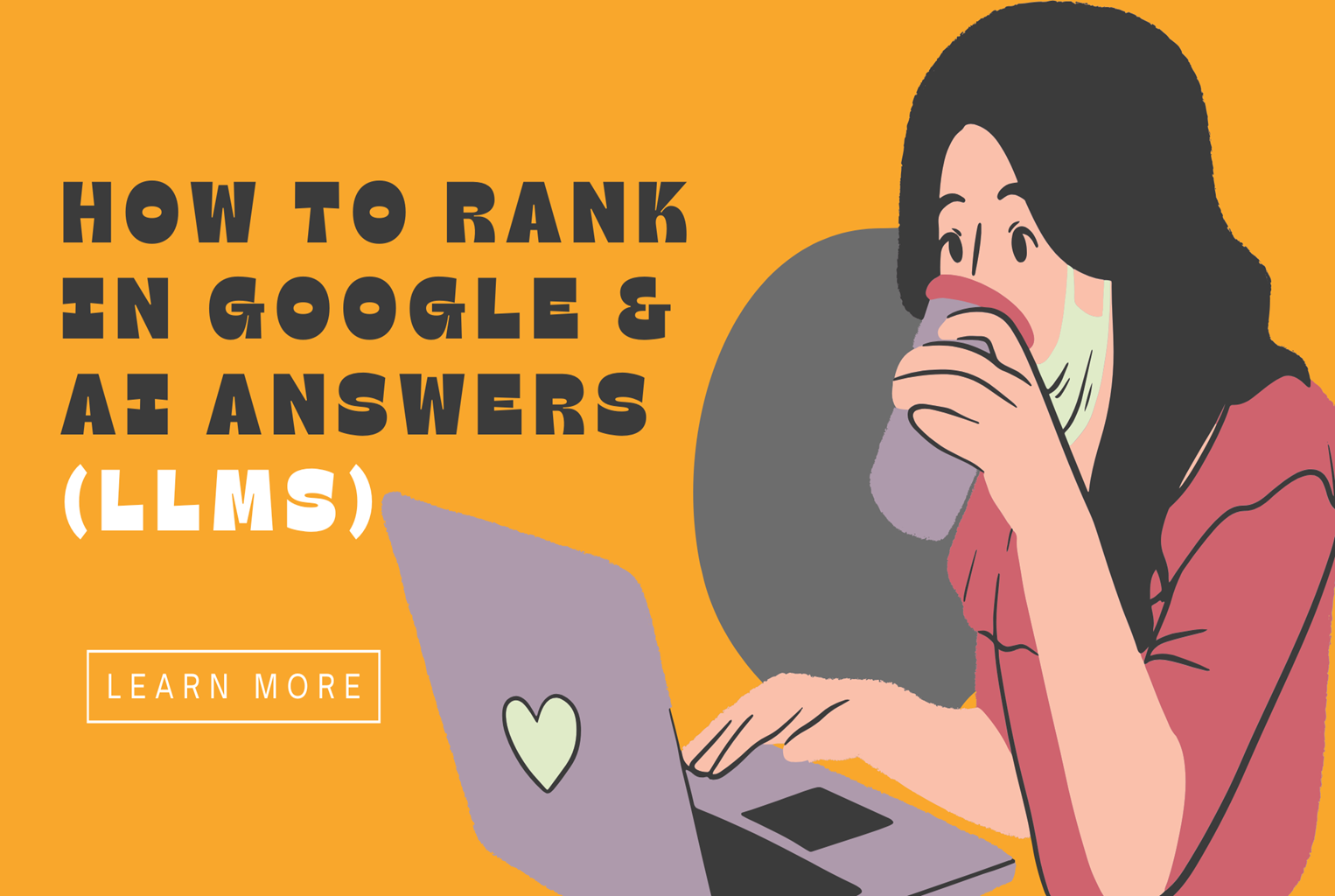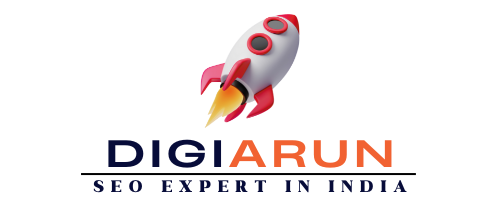
Quick Summary
Getting discovered in 2025 isn’t just about ranking on Google anymore — it’s about appearing in both search results and AI-driven answer engines like ChatGPT, Gemini, and Bing Copilot.
This guide reveals practical, research-based strategies to build dual visibility — optimizing your content to perform well on traditional search engines and Large Language Models (LLMs).
Introduction
Search is evolving faster than ever.
In India’s competitive digital space, marketers, SEOs, and brands can’t rely on Google rankings alone. With AI-driven platforms like ChatGPT, Gemini, and Bing Copilot answering user queries directly, your brand’s visibility now depends on how well you’re optimized for both search engines and LLMs.
So how do you make sure your content appears not only in search results — but also gets cited or mentioned in AI responses?
Let’s break down the strategies that actually work.
1. Build Topical Authority, Not Just Long-Form Guides
Search and LLMs both reward depth and structure over sheer word count.
To increase visibility, focus on topical clusters — interlinked pages that cover every aspect of a topic.
For instance, instead of one massive “SEO guide,” create connected articles like:
- “Entity SEO for LLMs”
- “How to Optimize for Google’s AI Overviews”
- “Semantic Chunking Techniques for LLM Optimization”
This topic cluster model helps Google recognize your authority and also provides LLMs with multiple content nodes to extract relevant information.
🟢 Internal linking tip:
From this post, link to your existing guides on Local SEO, Local Keyword Research, and What Does an SEO Expert Do to reinforce topical connections.
2. Structure Content for AI Extraction
Think of LLMs as answer engines — they “pull” concise, structured data.
So your content format matters as much as your keywords.
Here’s how to structure your pages for AI answer extraction:
- Use H2 and H3 headings phrased as natural questions.
- Add FAQ sections for conversational prompts.
- Use numbered or bulleted lists, tables, and data highlights to make key insights easily extractable.
- Keep paragraphs short and to the point.
This approach makes it easier for both Google AI Overviews and LLMs to identify and quote your answers directly.
🧩 Example:
Instead of writing “LLMs prefer clarity”, phrase your subheading as “Why do LLMs prefer structured content?”
3. Use Entity-Rich, Context-Driven Writing
Both AI and search engines evaluate context and authority, not just keywords.
To strengthen your entity SEO, include:
- Structured data (FAQPage, HowTo, Product, Author schema).
- Author credentials or About sections showing expertise.
- Contextual outbound links to authoritative Indian and global sources (like Google Search Central or Indian marketing studies).
LLMs rely heavily on entity relationships — who wrote the content, what expertise they hold, and which sources they reference.
4. Target Long-Tail, Question-Based Queries
Users now search conversationally — just like they ask AI tools.
So, instead of focusing only on high-volume keywords, target intent-rich, question-based searches such as:
- “How to get brand mentions in ChatGPT and Gemini?”
- “How to appear in Google AI Overviews and LLMs?”
- “What’s the difference between SEO and LLM visibility?”
Tools like AlsoAsked, AnswerThePublic, or even Google’s People Also Ask can help you find these conversational, India-relevant questions.
📍 Local relevance tip:
Add regional context (e.g., “SEO for Indian startups” or “LLM optimization for Indian digital agencies”) to improve your reach in India-specific AI responses and searches.
5. Write in Conversational, Natural Language
AI models favor content that feels human, fluid, and conversational.
Avoid robotic or keyword-stuffed writing. Instead, use transition words, natural tone, and empathy — just as you would in a real discussion.
🗣️ Example:
Instead of writing “Optimize for AI content extraction using semantic techniques”, write “Think about how an AI model reads — it prefers short, clear, and logically connected sections.”
This style makes your content more LLM-friendly and also keeps Indian readers engaged.
6. Monitor and Audit Your Dual Visibility
Optimization doesn’t stop at publishing.
You must track how your brand appears across both ecosystems:
For Search:
- Use Google Search Console and Bing Webmaster Tools for performance data.
For LLMs:
- Monitor brand mentions and AI citations in ChatGPT, Gemini, or Perplexity.
- Track appearance frequency with LLM visibility tracking tools or custom scripts.
- Update or expand content where your brand isn’t being cited but competitors are.
Regular auditing ensures your content stays current, authoritative, and AI-discoverable.
7. Combine Schema, Semantic Chunking, and Topic Clusters
The future of SEO lies in semantic understanding, not just keywords.
Adopt semantic chunking — breaking your content into logical, question-answer-based segments that LLMs can easily process.
When combined with:
- Schema markup (FAQPage, Article, HowTo)
- Topic cluster interlinking
- Strong internal navigation
…you create a content ecosystem that serves both human readers and machine learning models seamlessly.
8. What Influences Visibility in AI and Search (2025)
Here’s a snapshot of key ranking and extraction factors driving visibility today:
| Factor | Impact on Search | Impact on LLMs |
|---|---|---|
| Topical Authority | ✅ High | ✅ Very High |
| Schema Markup | ✅ High | ✅ Moderate |
| Entity Connections | ✅ Medium | ✅ High |
| Freshness & Accuracy | ✅ High | ✅ Very High |
| Conversational Tone | ⚪️ Medium | ✅ High |
| Content Structure | ✅ High | ✅ Very High |
Conclusion: The Future of SEO is Dual Optimization
As AI models and search engines converge, visibility is no longer single-dimensional.
Whether you’re an SEO expert, content strategist, or Indian business owner — success in 2025 depends on mastering both traditional SEO and LLM optimization.
By combining topical authority, structured writing, and entity-focused content, you’ll position your brand not only in Google’s top results — but also in the next wave of AI-powered answers.
Frequently Asked Questions (FAQs)
Q1. What is LLM SEO?
LLM SEO is the process of optimizing your content so that Large Language Models (like ChatGPT or Gemini) can understand, cite, and include your brand in AI-generated responses.
Q2. How can I appear in Google AI Overviews?
Use structured data, concise answers, and entity-based writing. Google’s AI Overviews prefer clearly written, question-oriented sections with verifiable context.
Q3. What are the best tools for tracking AI visibility?
Tools like Perplexity Stats, ChatGPT Brand Tracker, and LLM Mention Monitoring APIs can help identify how often your brand or content appears in AI responses.
Q4. Is Answer Engine Optimization (AEO) different from SEO?
AEO focuses on optimizing for AI-powered answer engines, while traditional SEO targets ranking on search engine results pages. Together, they create full visibility across both ecosystems.
Q5. How often should I update my LLM-optimized content?
Review every 3–6 months. LLMs learn continuously, so fresh, factually accurate, and contextually linked content gets picked up more often.
